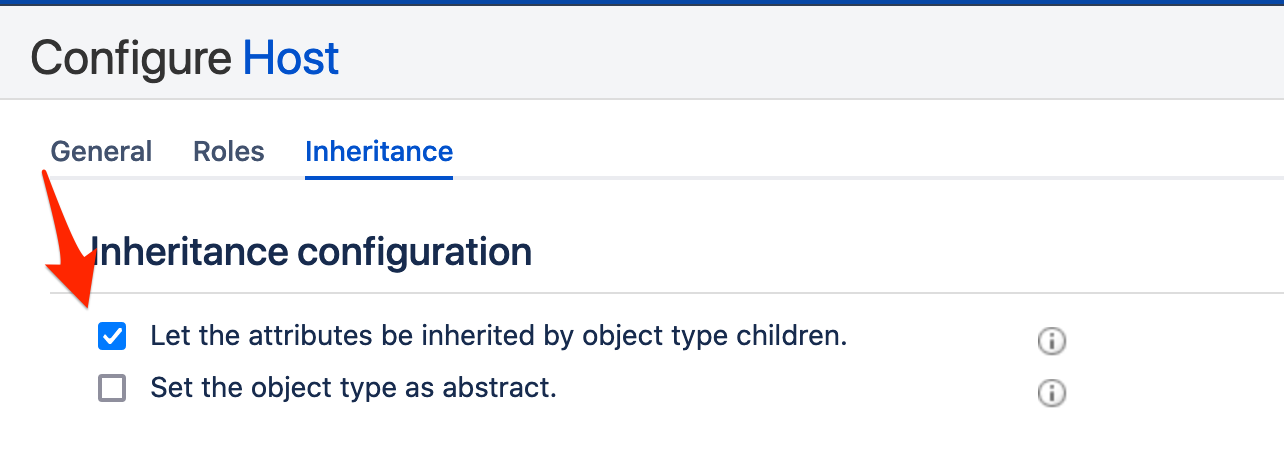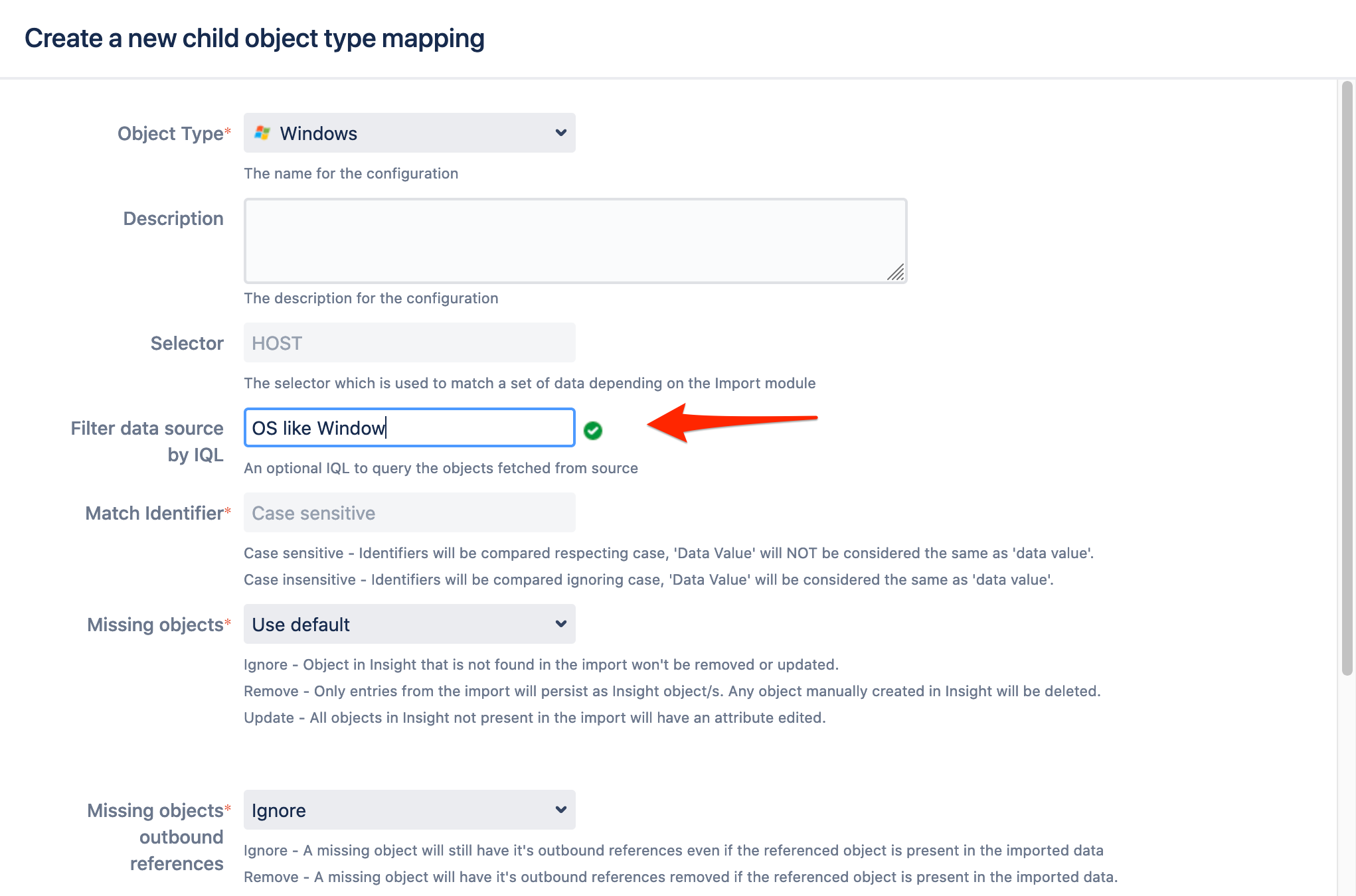How to split hosts based on Operating System - Assets Discovery
プラットフォームについて: Data Center - この記事は、Data Center プラットフォームのアトラシアン製品に適用されます。
このナレッジベース記事は製品の Data Center バージョン用に作成されています。Data Center 固有ではない機能の Data Center ナレッジベースは、製品のサーバー バージョンでも動作する可能性はありますが、テストは行われていません。サーバー*製品のサポートは 2024 年 2 月 15 日に終了しました。サーバー製品を利用している場合は、アトラシアンのサーバー製品のサポート終了のお知らせページにて移行オプションをご確認ください。
*Fisheye および Crucible は除く
要約
Companies using Assets Discovery can retrieve detailed data from all hosts and devices on their network. All the collected information can be imported into data Assets. However, depending on Assets import configuration settings, Assets creates all Host objects (Windows, Unix, MacOS, others) in the same Object type "Host".
This article details steps on how to split multiple Operating Systems into two or more Objects types, so you can have an Object type for Windows devices and another object type for Unix instead of having all of them together.
例
目標
Before - All hosts on same Object type
After - One Object type for each OS
Step-by-step
The idea is to set up the Discovery import as documented in Importing Discovery data to Assets.
In the following scenario we will be using a default Schema creating by using Create predefined structure and then Create predefined configuration.
Create new Object types
You need to enable Inheritance on the Host Object type. As it is created by default, you need to move the two default children, "Connected Device" and "Virtual Guest" to be at the same level as Host. Otherwise, you will not be able to enable inheritance. This needs to be done before the initial import.
Enable Inheritance by setting Let the attributes be inherited by object type children
Add a new attribute to the Host object type. Let's call it 'OS', type Text. This attribute will be used for the Import mapping later on.
Create 2 new Child Object types. They will be using Object Type Inheritance.
Linux
Windows
Any object type with outbound references to the Host object should have the following adjustment
(Object types affected: Host, Collector, Connected Device, Database, Patch, Application, License, Application Service, Discovery, Virtual Guest)
All the above object types have an attribute references the Host Object type by default. In previous steps, we created new Child Object types and we need to allow the references to the new Object types.
Add "Include Children" to all attributes with outbound references to the Host object. In the following example we change the "Referenced Host" in 'Application' Object type
Create object type and attribute mapping
Edit "Host" Object Type mapping and map to the OS attribute with the "Operating System Name" Data Locator.
Create Child Object type mapping for Windows and Linux Child Object types. Here, you need to use an IQL to distinguish between your Operating Systems host and for it, we used the 'OS' attribute we created during the first steps.
In this example, "Filter data source by IQL" for Windows devices will be 'OS like Windows' and for Linux devices will be 'OS like Ubuntu'. You need to use your own OS convention.Enable the Object type mappings
- Synchronise Import
注意
- It's recommended to test this out in a new Assets empty Schema for testing purpose
If you have already created Hosts, as after the changes and after a new synchronization, same Hosts will be created in their new Object Type, where the Identifier does not yet exist.
You can either sort them manually once Child Object type are created or delete the old ones.










